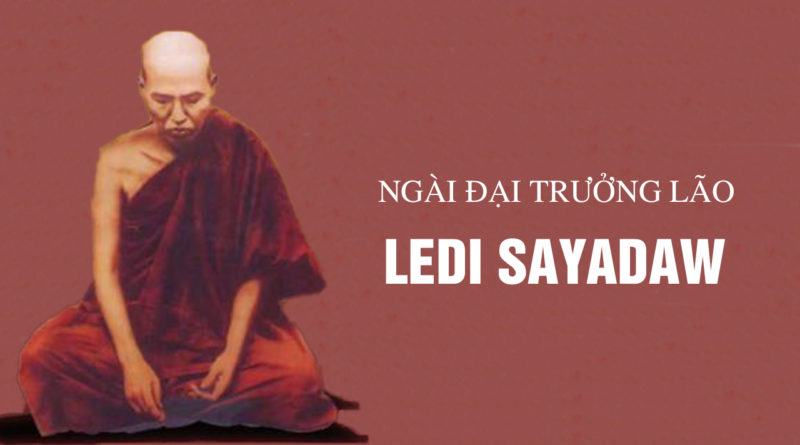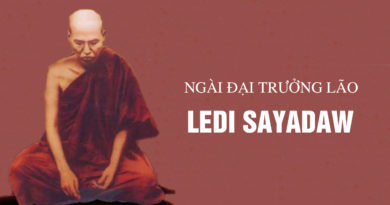A Manual Of The Dhamma – The Dhamma Saṃvega Method Of Blaming – Ledi Sayadaw
The Dhamma Saṃvega Method of Blaming
We have given guidelines for correct criticism of shameless or immoral persons without personal references. Here we will also mention the way of blaming even with personal attacks. In this method one can even mention names when making condemnation, but two factors must accompany this type of blaming with personal reference. One is that a person speaking ill of others by name must possess the attitude called “Dhamma saṃvega.” The other mental attitude is called “Moral fear.” These attitudes, fear of unwholesomeness and moral fear, will free a person from faults when he condemns others by name.
An example will clarify this point. If a mother sees her son playing with foul things such as excrement, she will instantly run after him to remove these dirty things from his body. While she hates excrement on the body of her son, she still loves him and kisses his cheeks several times. She only washes away the foul things from his body by touching them and throwing them out. Although touching excrement is not praiseworthy, out of love and compassion, she does it. Although she throws away the excrement, she does not throw away her son. She washes his body, because she hates foul things only, not her son.
Likewise, if one sees or hears about anyone doing evil deeds one must think thus, “My relatives have foul, impure things on their bodies, they are defiled by filth. How pitiable they are. Due to delusion they are eating excrement and are contaminated with foul things.” Such loving, helpful thoughts arise in a good person. All human beings are brothers and sisters even when they do great or small evils. So a critic who see others’ serious crimes must reprove the immoral acts without hatred. With compassion he must help others to remove their faults if possible. If all one’s efforts are futile, one must cultivate compassion or equanimity, as a mother, after repeated unsuccessful attempts to rescue her son from a well, shows compassion and equanimity until the end.
Similarly, a teacher or a friend must instruct, guide, and train a wayward pupil or a bad monk with great compassion and wisdom. After several attempts fail to produce positive results, compassion is the best course, then equanimity at last. The important point is that anger, resentment, ill-will, or remorse must not be allowed to intrude. One must reprove the evil acts, or unwholesome states only. One should condemn bad actions without personal grudge, without hatred. In this way a critical teacher or a righteous lay person will obtain wholesome kamma in scolding, admonishing, or reproving others, even with personal references. Unwholesome motives are absent in following this method of direct criticism. One should not get angry because of others’ evil deeds. This explains the correct way of wise condemnation, which must be made skilfully.




